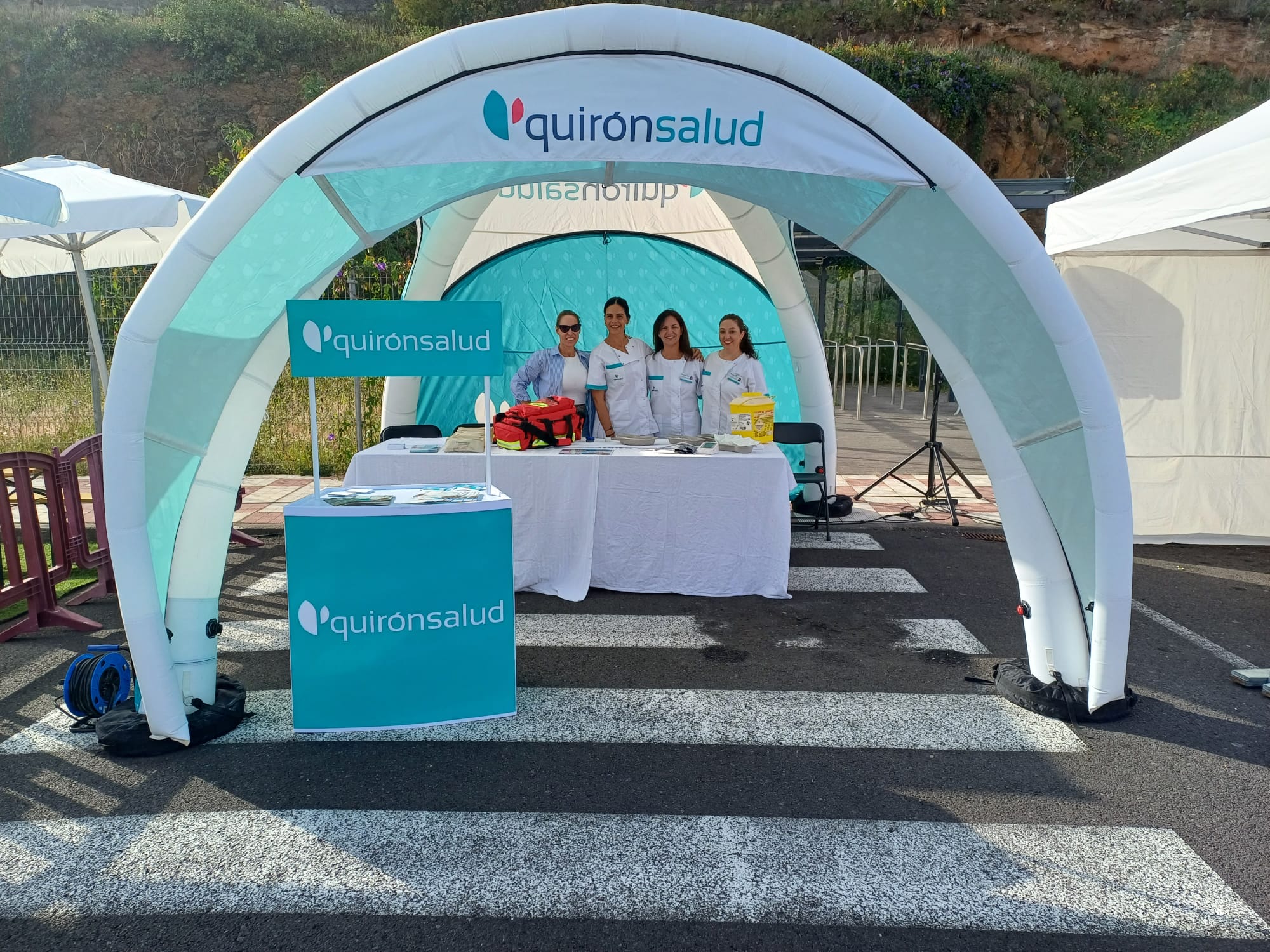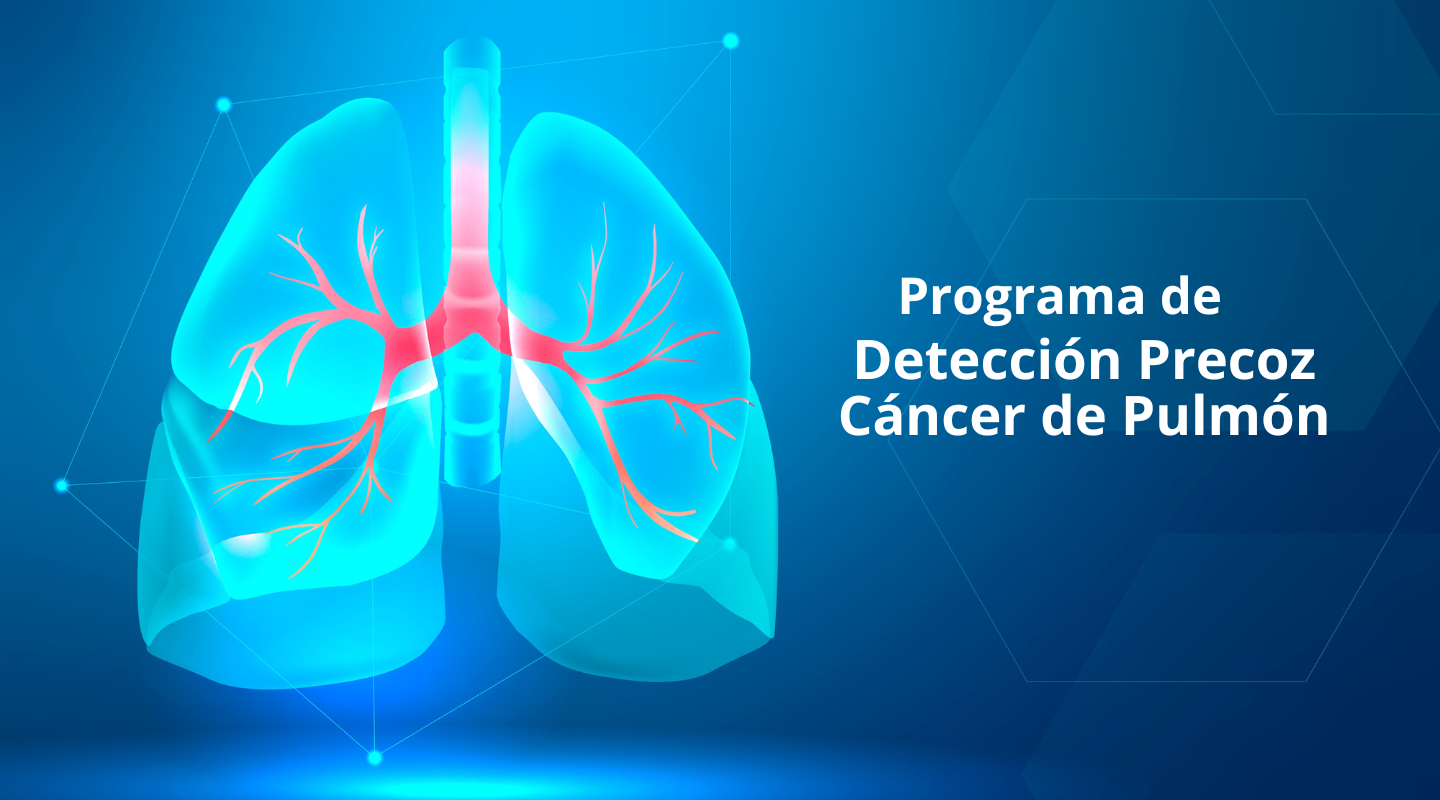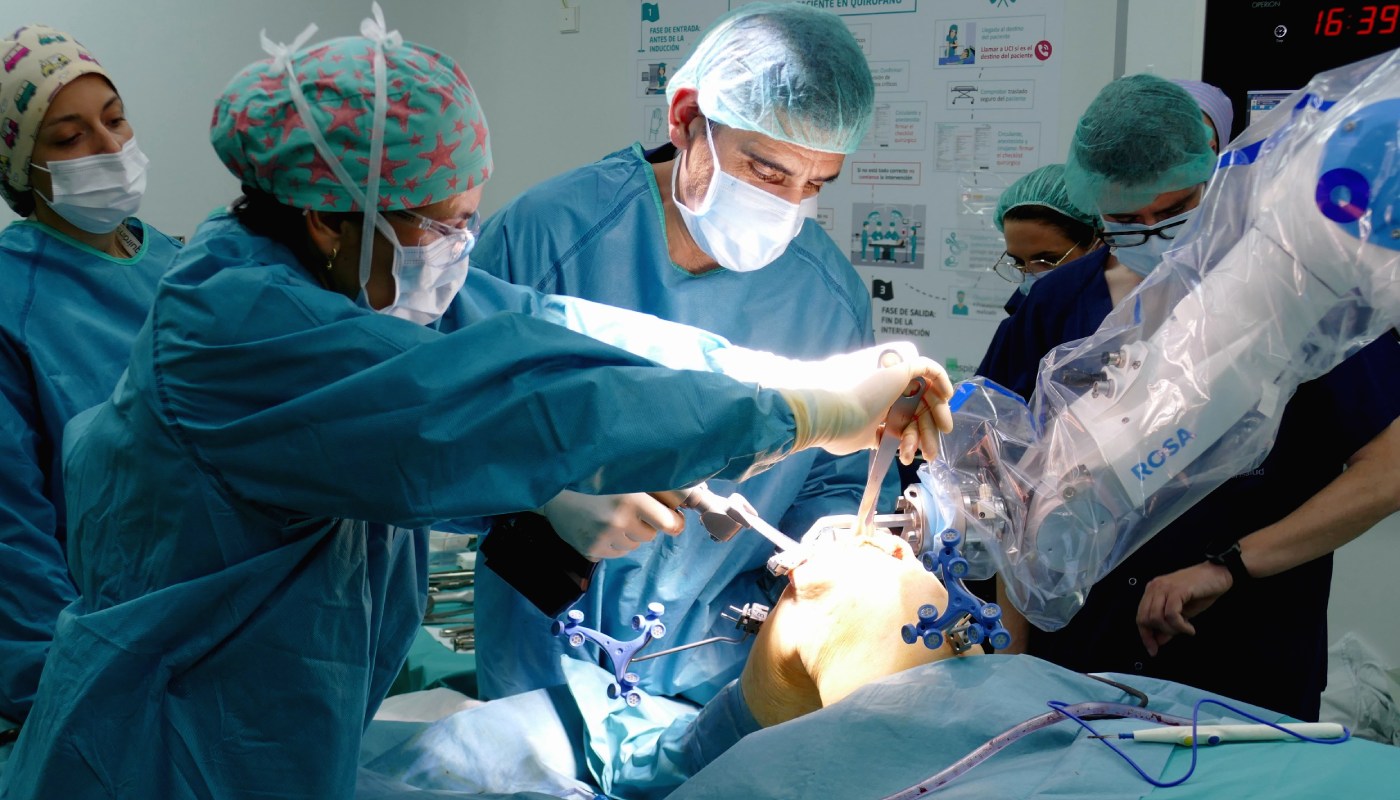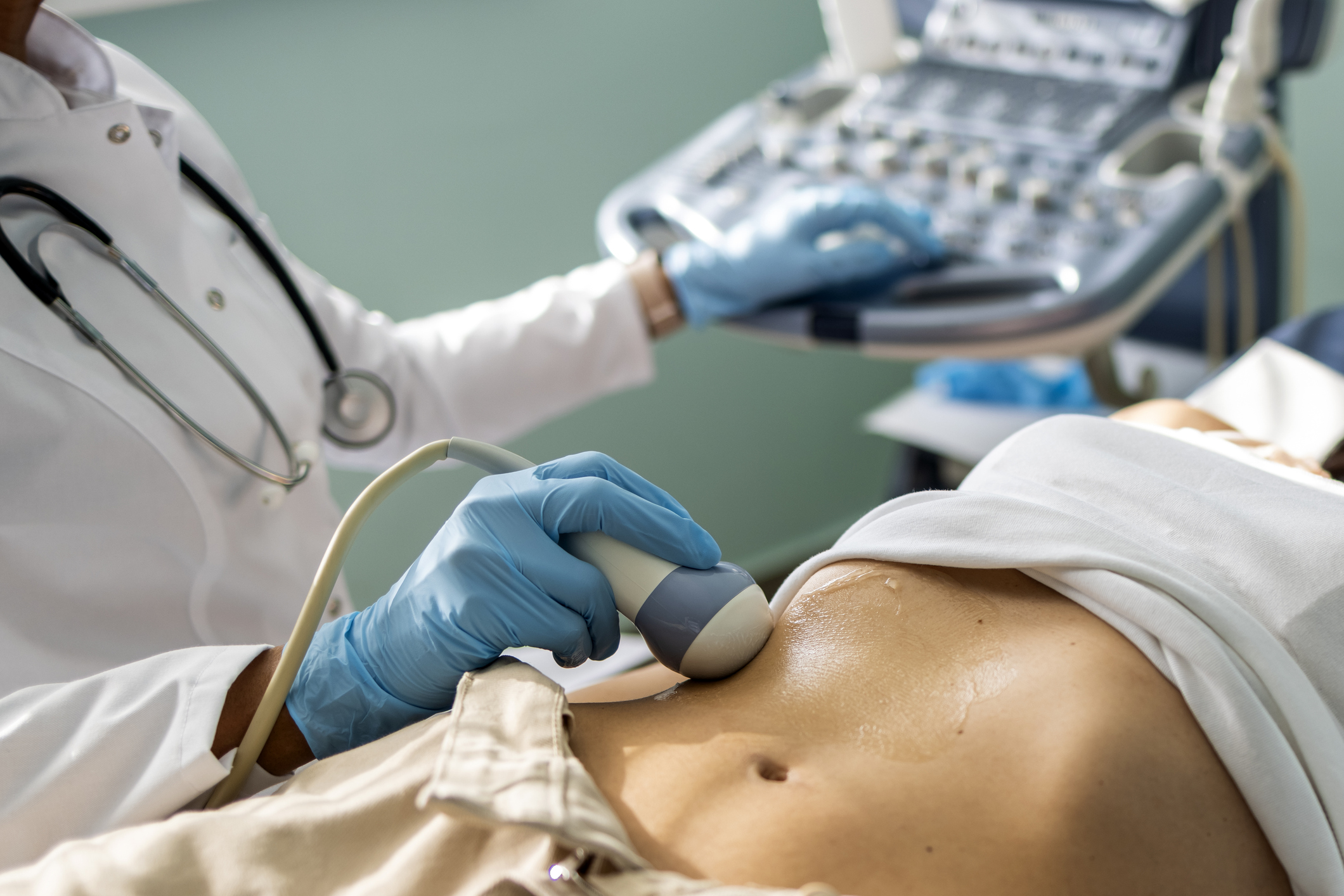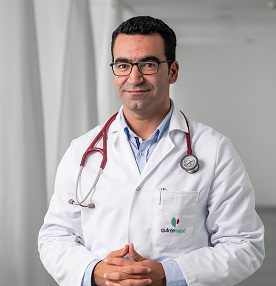STAT-ON, a new device that helps monitor the symptoms of people with Parkinson’s
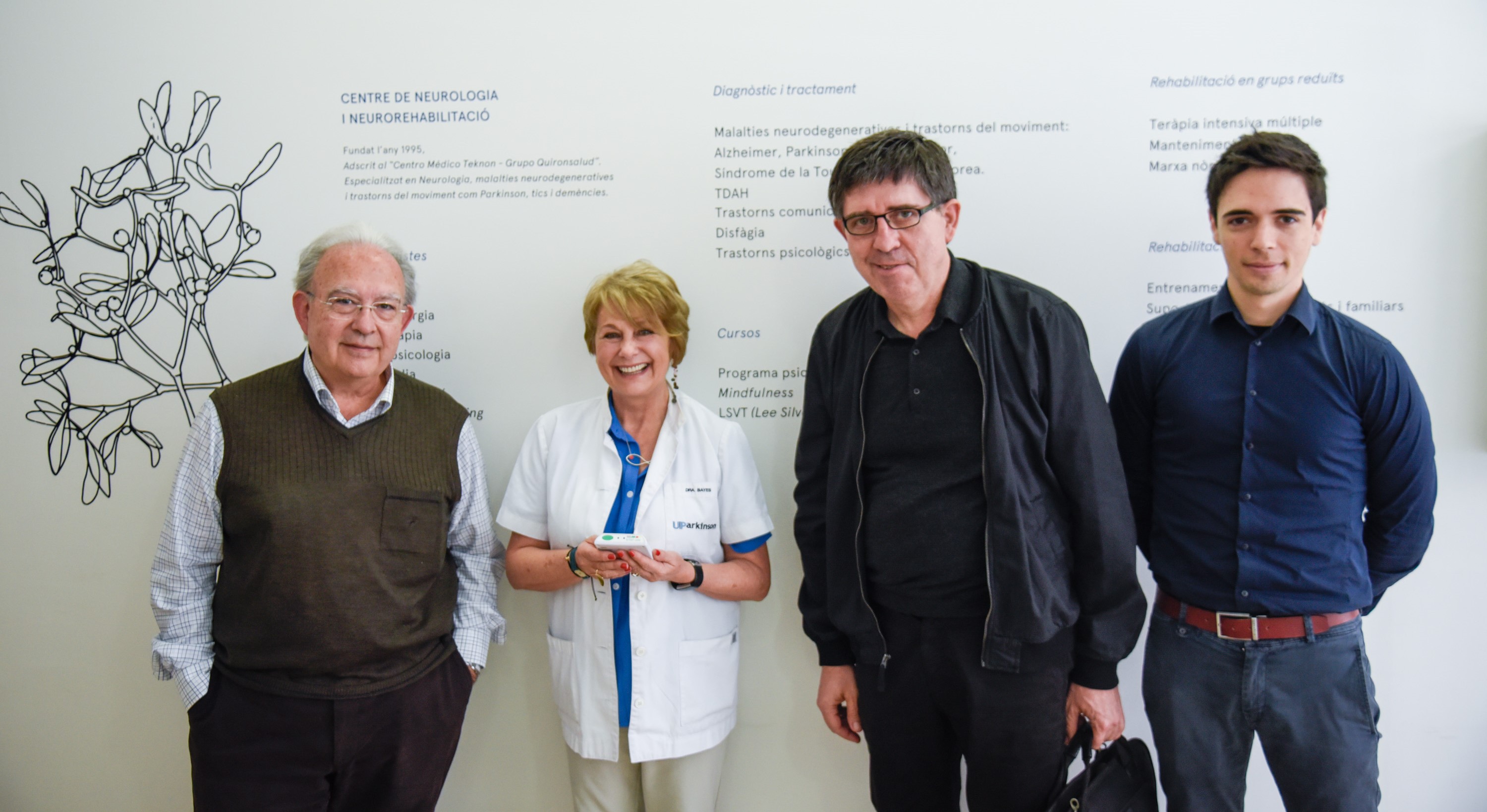
Until now, the lack of precise, continuous data on the clinical status of individuals affected by Parkinson’s disease throughout the day was one of the main difficulties faced by neurologists in charge of adapting treatment. Now, this obstacle has been overcome with the new STAT-ON device, the "Holter for Parkinson’s".
The result of a full decade of research, this new device is possible thanks to a firm investment in innovation and collaboration by the Parkinson’s Unit of Centro Médico Teknon – Quirónsalud and the Polytechnic University of Catalonia · Barcelona Tech (UPC) through the Technical Research Centre for Dependency Care and Autonomous Living (CETpD), as well as Sense4Care, a daughter company of the UPC, which was responsible for the final development of the device with the partial funding of the European Union through a project for small and medium-sized businesses (SME Instruments).*
STAT-ON is a small sensor held in place with a specially-designed belt. It constantly monitors patients’ motor status in everyday settings.
Current treatment of Parkinson’s is symptomatic, designed to compensate for the absence of certain neurotransmitters such as dopamine. After around two years of effective control using levodopa (the precursor to dopamine), fluctuations of around 50% appear in patients.
As a result, the motor symptoms of advanced Parkinson’s fluctuate several times a day in relation to levodopa levels. These are known as "on periods" and "off periods", and they are the result of the availability or absence of dopamine in the brain. "On" periods typically begin soon after the person has ingested medication, and they are generally when patients feel good and enjoy practical and normal control of movement. On the other hand, "off" periods are generally when motor symptoms appear, severely limiting many patients’ mobility and independence.
The treatment of advanced Parkinson’s focuses on controlling these fluctuations, but until now neurologists have found it difficult to correctly analyse them. It is common practice to ask patients to keep a diary, writing down their clinical status each hour. This requires a significant time investment by the patient/caregiver, the resulting data is often somewhat unreliable, as it is often difficult for patients to recognize their own situation. In addition, motor problems often make it hard for patients to write.
Now, however, this device makes it easy to constantly monitor the on/off fluctuations experienced by patients under levodopa treatment for several years. It also monitors other
motor symptoms experienced by the person (bradykinesia, dyskinesia and freezing) in order to allow for much more precise treatment and significantly improve patients’ quality of life. These on/off fluctuations present significant challenges to patients’ clinical stability and control of the same through dosage adjustments. In addition, STAT-ON can monitor gait parameters, falls and other characteristics of movement that allow for improved management of the disease.
"The measurements and data provided by this Holter for Parkinson’s will help doctors make informed decisions and better manage the disease. It’s important to note that this device doesn’t provide a diagnosis, although the information it collects is extremely helpful to health professionals, allowing them to precisely determine a patient’s status", notes Dr Àngels Bayés, from the Parkinson’s Unit at Centro Médico Teknon – Quirónsalud. Dr Bayés participated in the development of this new device.
Since each individual moves differently, the Holter is designed to adapt to each person. To do so, it uses the information it initially receives from the individual and "learns" from their movement. Then, through artificial intelligence, it personalizes the algorithms it uses to register their motor symptoms. Once this step is completed, the Holter works autonomously and is very easy to use. While carried by the person with Parkinson’s, it does not require any sort of activation or connection. "Since the device is non-invasive, patients can use it in their everyday lives, carrying the sensor on a comfortable, discreet belt while the Holter registers their motor status. Then, it generates a report on the patient’s motor status throughout the day", adds Dr Joan Cabestany, telecommunications engineer, UPC researcher and expert in artificial and electronic intelligence applied to dependency and active aging.
Seminar for patients and professionals
In order to raise awareness about this new tool, a seminar was organized for individuals affected by Parkinson’s and their families, as well as for neurologists and professionals interested in new technologies used to improve quality of life for patients suffering from this disease.
Dr Àngels Bayés and Dr Joan Cabestany explained how this innovative new device manages Parkinson’s disease. Plus, together with an individual affected by Parkinson’s, they presented its benefits in a debate with patients, allowing them to analyse a real-life experience with the device and its usability.
Growing incidence of Parkinson’s
The incidence of Parkinson’s disease has grown in recent years, largely as a result of longer life expectancies in the general population. Over 7 million individuals worldwide have been diagnosed with this neurodegenerative disease, and of these 1.5 million live in Europe and 150.000 in Spain. This disease causes serious motor problems throughout its evolution, and may result in freezing as well as hidden non-motor symptoms including pain, apathy, confusion, difficulty speaking, disturbed sleep and depression. According to data from the Spanish Society of Neurology, each year 10,000 new cases of Parkinson's are diagnosed, and it is the second most frequent neurodegenerative pathology, after Alzheimer's.
Current events
Current events
- 18 de abril de 2024
La Fundación Jiménez Díaz pone en marcha el Servicio de Atención Integral al Viajero Internacional para...
La consulta aporta asesoramiento personalizado, un calendario de vacunación individualizado, en caso de ser necesario, y pautas de profilaxis y tratamientoHospital Universitario Fundación Jiménez Díaz - 19 de abril de 2024
Los centros de Quirónsalud en Tenerife colaboran en la primera edición de la carrera solidaria Ruta 091
Los hospitales Quirónsalud Tenerife, Quirónsalud Costa Adeje y Quirónsalud Vida velarán por la salud de todos los participantes de la carrera solidaria Ruta 091 que organiza ...Hospital Quirónsalud Costa AdejeHospital Quirónsalud TenerifeHospital Quirónsalud VidaUrgencias - 19 de abril de 2024
Quirónsalud, Healthcare Partner del Rafa Nadal Academy Padel Tour by Adecco Group
Un nuevo circuito de pádel amateur que recorrerá diferentes ciudades españolas, con el objetivo de aunar competición, ocio, diversión y valores.Quirónsalud - 19 de abril de 2024
Hospital Quirónsalud Barcelona pone en marcha el programa de Detección Precoz de Cáncer de Pulmón
El cribado de cáncer, junto al abandono del consumo de tabaco, ha demostrado ser la estrategia principal en la reducción de la mortalidad por cáncer de pulmón. A partir de ah...Hospital Quirónsalud BarcelonaMedicina Interna - 19 de abril de 2024
Un robot ayuda a colocar prótesis de rodilla adaptándose a las características de cada paciente
El Hospital Universitario Quirónsalud Madrid utiliza el robot ROSA que ayuda a los cirujanos a calcular la mejor posición y el tamaño de la prótesisHospital Universitario Quirónsalud MadridCirugía Ortopédica y Traumatología - 19 de abril de 2024
La Dra. Adriana Izquierdo-Domínguez, alergóloga de Centro Médico Teknon, nombrada Académica de Mérito...
Este nombramiento es un reconocimiento a su trayectoria profesional y su aportación al mundo del perfume y sus campos relacionados.Centro Médico Teknon - 19 de abril de 2024
‘El hígado graso metabólico debe ser controlado por sus múltiples factores de riesgo’
• Quirónsalud Huelva, con la incorporación del doctor Francisco Reina Solano, refuerza el equipo médico especializado en su estudio y tratamiento.Hospital Quirónsalud HuelvaAparato Digestivo - 18 de abril de 2024
Quirónsalud, Healthcare Partner del Mutua Madrid Open de tenis
Las mejores raquetas del tenis mundial se dan cita en este torneo, que se disputa en la Caja Mágica del 22 de abril al 5 de mayo.Quirónsalud - 10 de mayo de 2024
III VENOUS SUMMIT CCEV 2024 Endovascular Surgery Chapter
3ª del VENOUS SUMMIT del CCEV En esta 3ª edición, que se celebrará los próximos 10 y 11 de mayo de 2024, mantendremos el formato horario de comenzar ese viernes a media mañan...Hospital Quirónsalud MálagaAngiología y Cirugía Vascular - 25 de abril de 2024
II Reunión Nacional Multidisciplinar de Innovación en Cáncer
JUEVES 25 DE ABRIL 15.30-16.30H Entrega de documentación.16.30-16.45H Bienvenida y presentación. Dr. Jorge Contreras Martínez / Dr. Manuel Cobo Dols / Dr. Tomás Urda Valcárc...Hospital Quirónsalud MálagaOncología Médica - 17 de abril de 2024
El Hospital Universitario Rey Juan Carlos implantará el programa MAIC Continuum para mejorar la transición...
El 3-5% de los ingresos hospitalarios en España son debidos a la insuficiencia cardiaca, primera causa de hospitalización en mayores de 65 años en España Más de 20 hospitales...Hospital Universitario Rey Juan Carlos - 17 de abril de 2024
El Hospital Universitario Infanta Elena implantará el programa MAIC Continuum para mejorar la transición...
El 3-5% de los ingresos hospitalarios en España son debidos a la insuficiencia cardiaca, primera causa de hospitalización en mayores de 65 años en España Más de 20 hospitales...Hospital Universitario Infanta Elena - 17 de abril de 2024
El Hospital Universitario General de Villalba implantará el programa MAIC Continuum para mejorar la transición...
El 3-5% de los ingresos hospitalarios en España son debidos a la insuficiencia cardiaca, primera causa de hospitalización en mayores de 65 años en España Más de 20 hospitales...Hospital Universitario General de Villalba - 17 de abril de 2024
El doctor Héctor Meijide, organiza la II Reunión del grupo de asistencia compartida e interconsultas...
El encuentro médico, abordará la asistencia compartida entre cirujanos e internistas en el proceso de la cirugía abdominal mayor, de colon y hepatobiliopancreáticaHospital Quirónsalud A CoruñaMedicina Interna - 17 de abril de 2024
Un equipo del CNIC identifica dianas terapéuticas para prevenir el daño cardiaco asociado a una terapia...
La investigación está liderada por el Dr. Borja Ibáñez, director científico del Centro Nacional de Investigaciones Cardiovasculares (CNIC), cardiólogo intervencionista en la ...Hospital Universitario Fundación Jiménez Díaz



